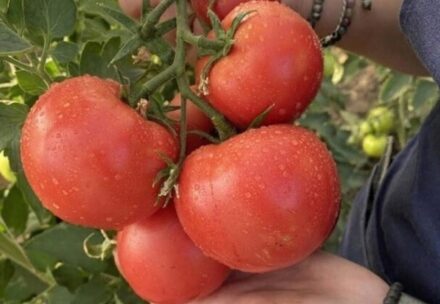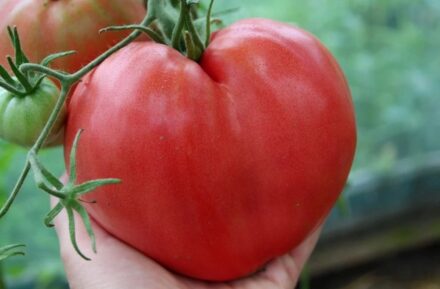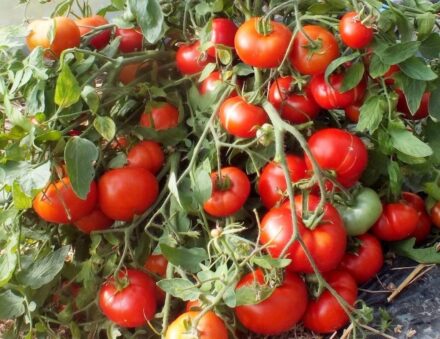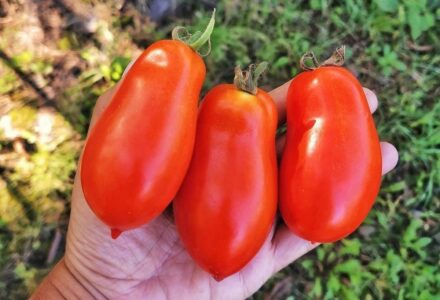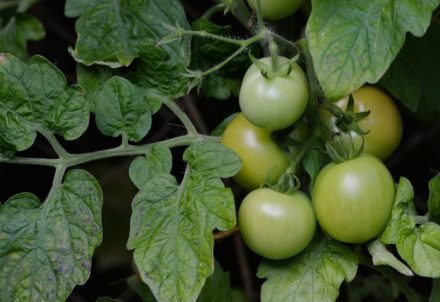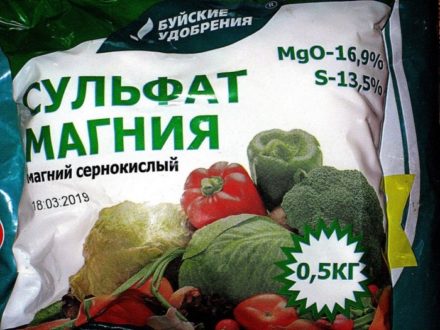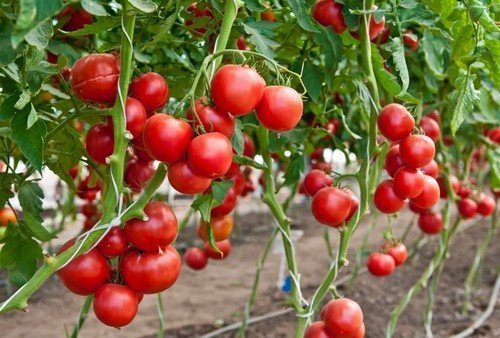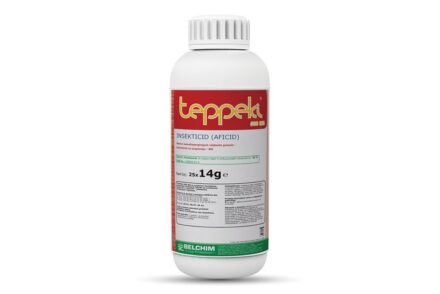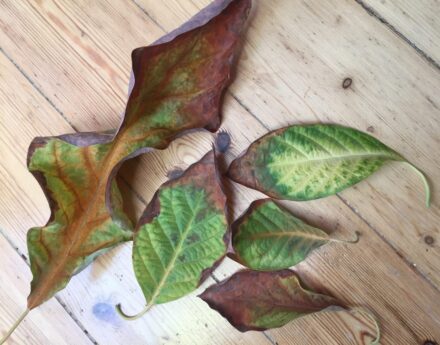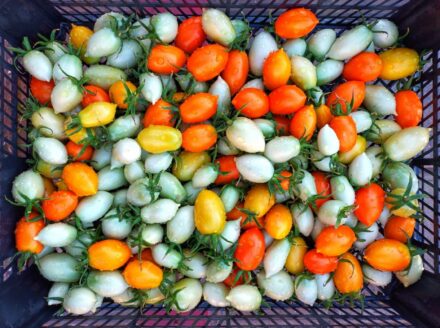Gardeners like tomatoes of the Sanka variety for their unpretentiousness and high yield. Every year, summer residents collect up to 4 kg of ripe fruits from one bush. Tomatoes have a mild taste and are suitable for various dishes: their sweet aroma is even more revealed when cooked. "Sanka" takes root well in the central regions of Russia and does not require complex care.
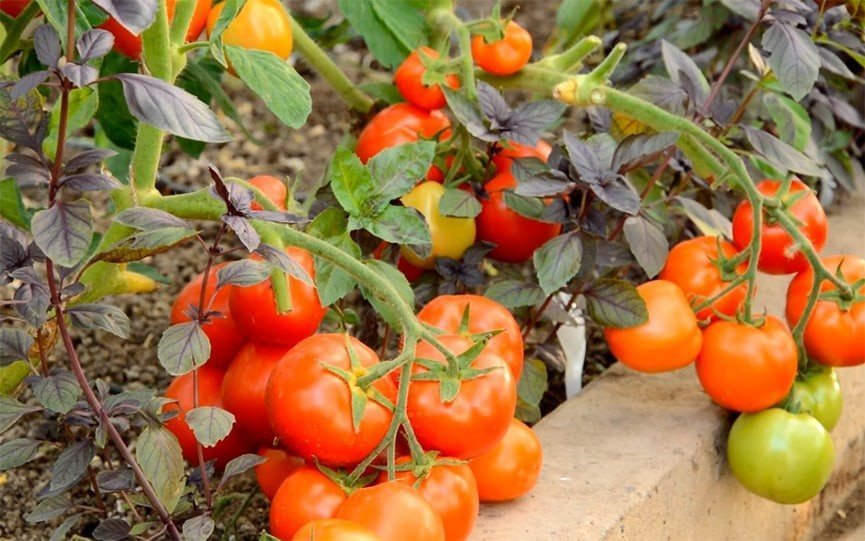
- History of selection
- Description and characteristics
- Photo
- Productivity
- Resistance to pests and diseases
- Methods of application
- Agricultural technology
- How to plant
- Growing
- Harvesting
- Advantages and disadvantages
- Reviews
History of selection
The variety was registered in the State Register in 2003. In the early 2000s, breeders E. Karbinskaya and Yu. Panchev developed an early-ripening variety that was resistant to moisture cracking, the main problem in the central part of the country.
“Sanka” tomatoes take root well and bear fruit in such areas as: Oryol, Kursk, Voronezh, Belgorod, Tambov, Lipetsk. In other regions, experts advise growing the plant in greenhouses.
Description and characteristics
The variety is classified as low-growing: the height of its stem is 40-60 cm. In greenhouses and greenhouses, as well as in the southern regions, this figure can reach 100 cm. The stem of the plant is flexible and not strong - for this reason, breeders advise tying the grown stem to a support.
The crown of the tomato is spreading: when forming holes for planting, you should take this into account and leave room for the future bush. Shoots of plants with such a crown must be tied up. The leaves grow medium in size, elongated in shape with a rich green color.
The stem has up to 8 brushes, each of which produces 4-6 fruits. The fruits have a round shape and a bright red color. Their surface is smooth with a tough skin. The variety is resistant to cracking from moisture: the berries adhere tightly to the stalk and do not fall off. The formation of all tomatoes in the cluster occurs simultaneously. The weight of the fruit is about 70-100 grams. Acidity is 0.4-0.7%, and sugar content is 1.8-1.9%.
Tomatoes have fleshy pulp with a sweetish taste and slight sourness. They have a rich aroma that intensifies when cooked.
| Ripening time | Early ripening variety, ripens within 80-90 days |
| Color/Color | Rich red |
| Plant height | From 40 to 100 cm |
| Fruit size | Up to 7 cm |
| Fruit weight | On average it is 80 grams, but can reach 100 grams |
| Type of fruit | Round shape with thick skin and smooth surface |
| Number of fruits per cluster | From 4 to 6 pieces |
| Landing location | Open or closed ground no more than 2 cm deep |
| Planting scheme | The distance between bushes should be approximately 40-50 cm, between rows - 55-60 cm |
| Category | Variety |
| Bush type | Determinant |
| Conditions | Maintain the temperature no more than +30 degrees, watering once every 4-5 days. Mineral fertilizing is applied immediately after watering, spraying is carried out several times a season. It is necessary to tie the shoots to a support. |
| Year of approval for use | 2003 |
| Authors | Y. Panchev and E. Karbinskaya |
Photo

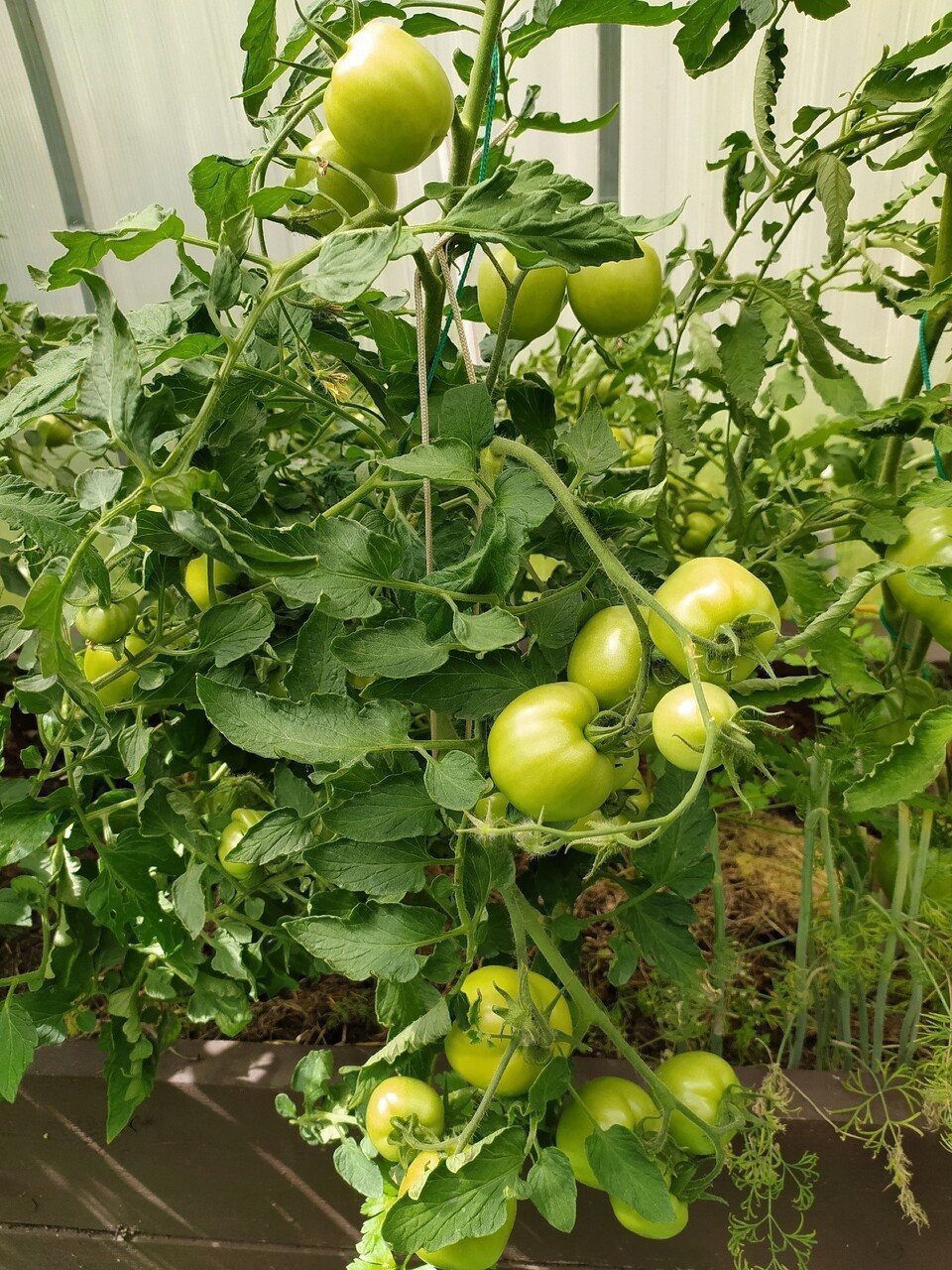
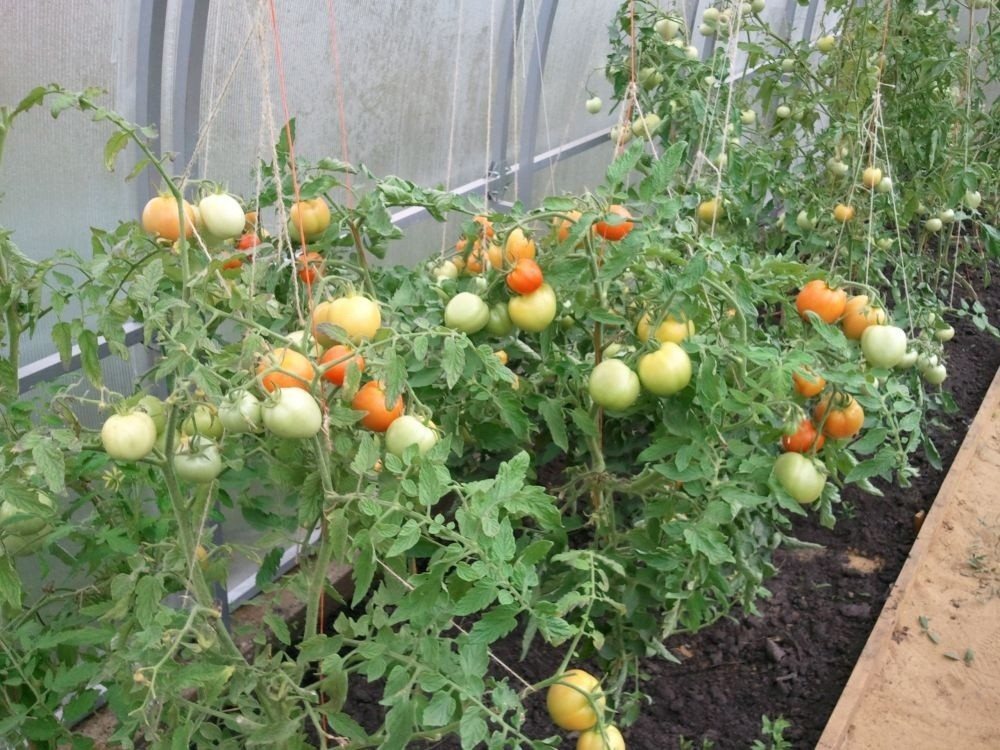
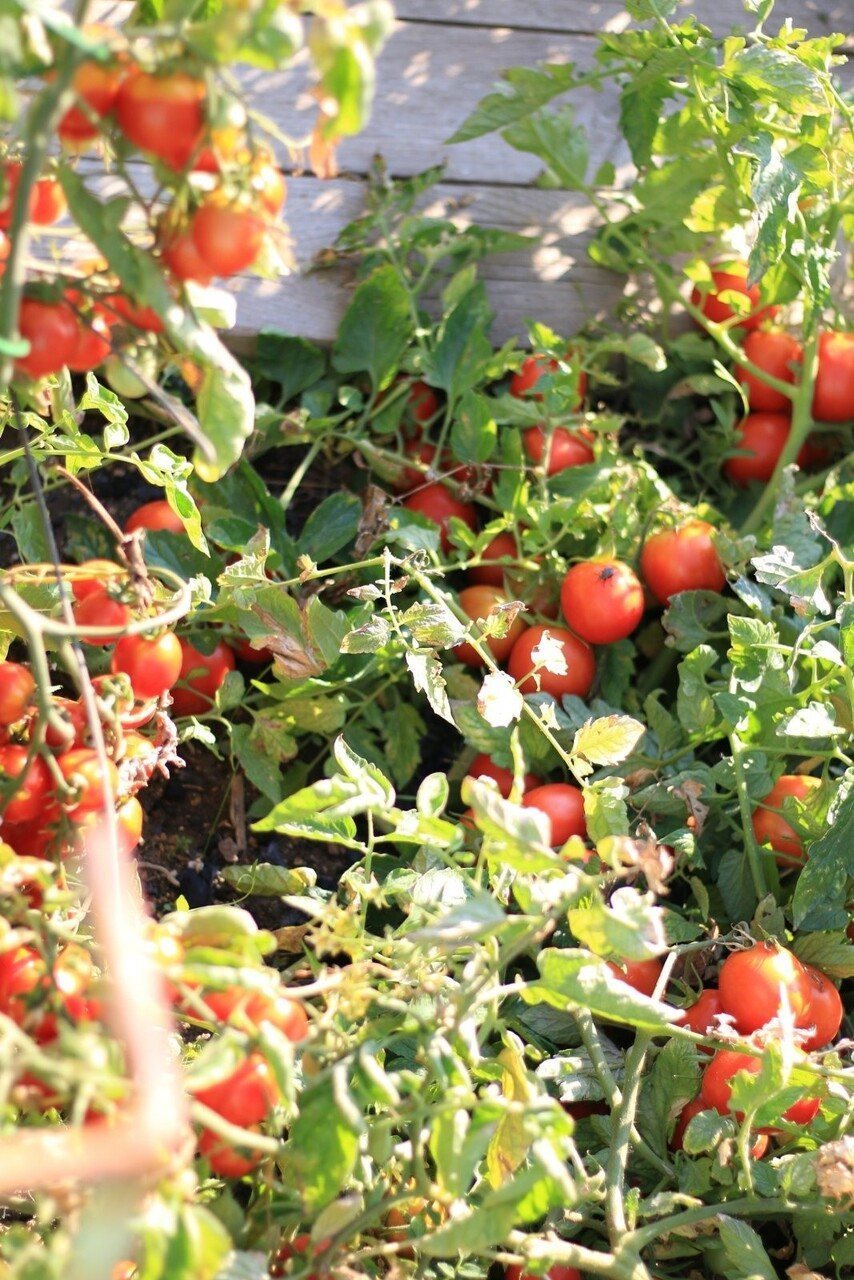
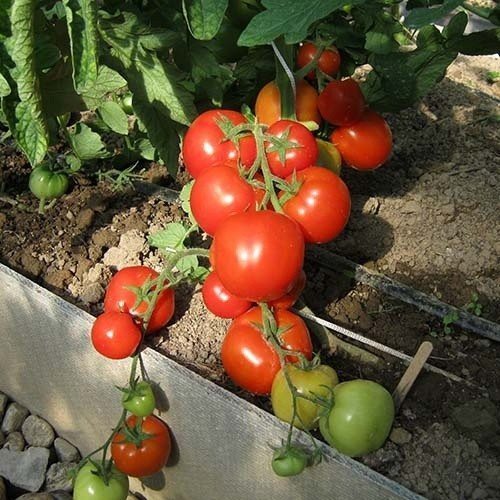
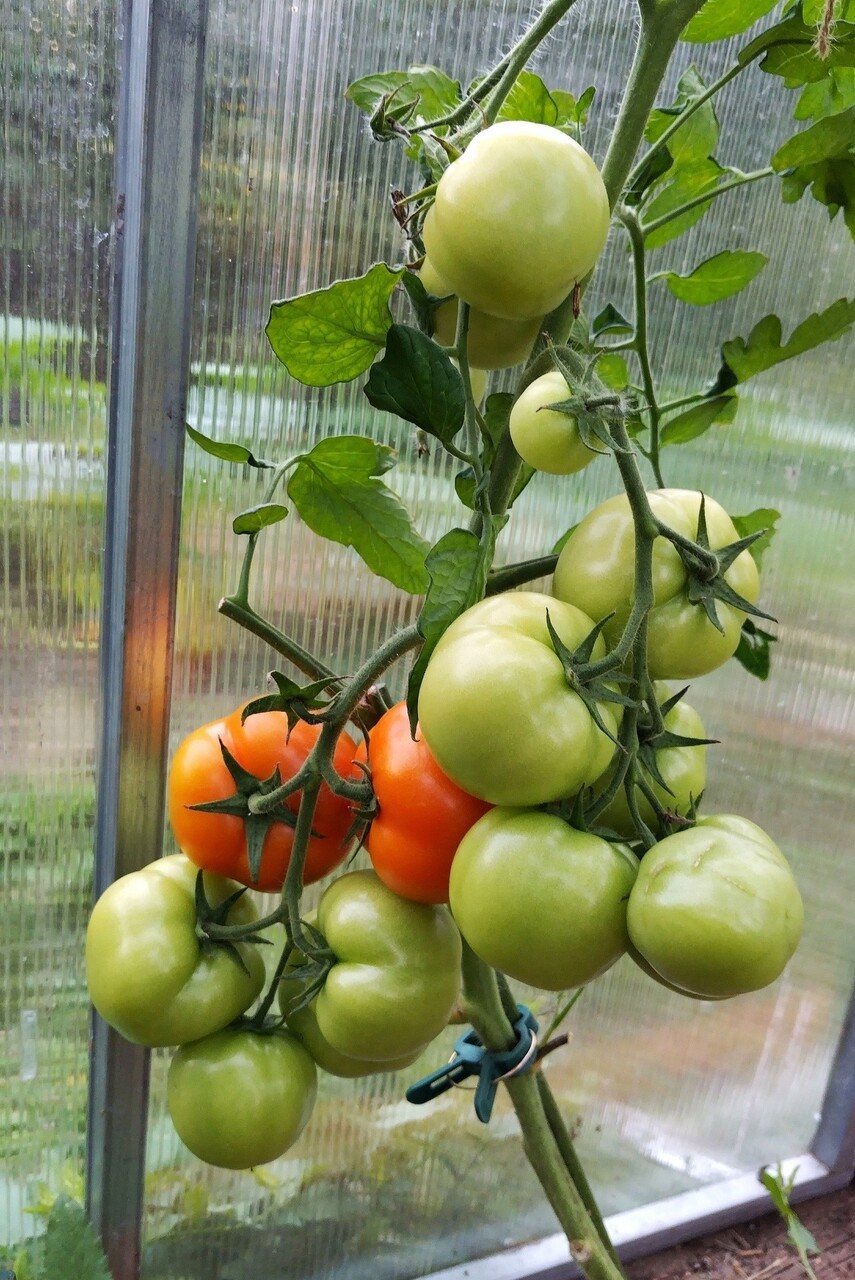
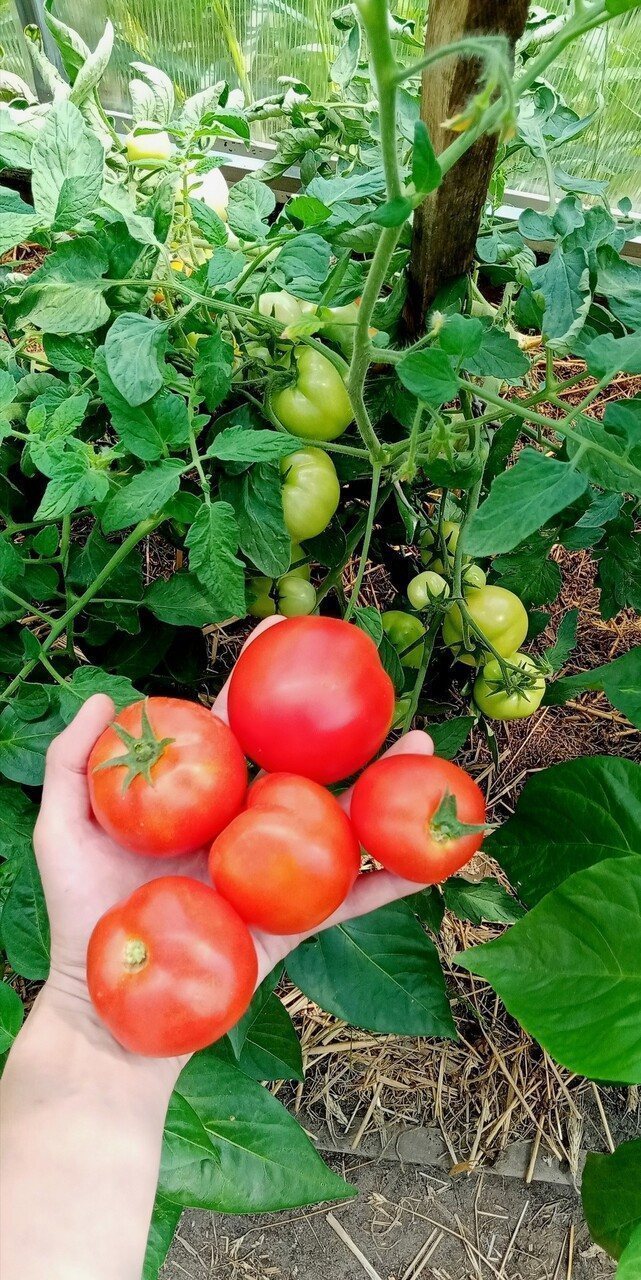
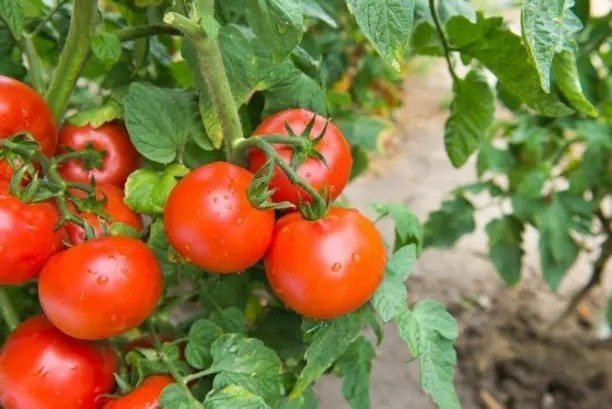








Productivity
"Sanka" has a fairly high and early yield. About 80 days pass from the appearance of sprouts to the ripening of fruits. The formation of fruits on the cluster occurs simultaneously, but their ripening may vary. The ripening of all berries extends from the beginning of July to the end of August. In the regions of the southern part of the country, the harvest can be harvested 2 times per season.
From 2 to 4 kilograms of tomatoes are harvested from one plant. The weight of each fruit is approximately 80-90 grams. Sometimes there are specimens weighing 100-110 grams.
Resistance to pests and diseases
Early fruit ripening allows the plant to avoid late blight infection. This disease spreads during the cool season, starting in late summer. In general, the variety is resistant to many diseases and parasites.
However, prevention should not be neglected: tomatoes may be susceptible to attack by spider mites or whiteflies. These pests are especially dangerous for greenhouse plants.
To prevent diseases, bushes are sprayed with Profit Gold or Skor. “Fitoverm” or “Aktaru” are used against pests. Treatment with tincture of tobacco or garlic solution, as well as soapy water, helps greatly against spider mites. In case of severe parasite infestation, Karbofos is used.
Methods of application
The fruits are grown for personal consumption or sale. Fleshy and dense berries tolerate storage and transportation well. They have a thick skin and a mild sweet taste with a slight sourness.
The berries are suitable for preparing various dishes. They can be eaten fresh, added to salads, or made into juice or jam.The fruits are ideal for canning and pickling: round and small tomatoes look beautiful in jars and do not fall apart. The fruits are added for flavor when cooking dishes using heat treatment: they are stewed, baked and fried. The taste and aroma of the berries can be fully revealed during cooking.
Agricultural technology
In the central regions of the country, the seeds are sown in February. If the seeds were collected independently, they need to be prepared. Before planting in containers, the seeds are placed in a weak solution of potassium permanganate. This is necessary for disinfection. Floating seeds are removed, since they will definitely not germinate. After this, the seeds are thoroughly washed with running water and placed in a container, filling them halfway with warm water. The liquid should be changed every 3 days. Sprouted seeds are placed in containers with soil. Purchased specimens are immediately placed in the soil.
How to plant
From the second half of January to mid-February, the seeds need to be placed in containers. This planting is suitable for central regions; in cool regions, seeds should be planted from the end of March to April 10.
The soil for germination should consist of sand, peat and earth, combined in equal proportions. It is watered with water at room temperature, furrows are made and the seeds are deepened by no more than 2 centimeters. The soil is watered again and covered with a film on top for warmth. It is important to maintain a temperature of about +22-+25 degrees.
Before the leaves appear, the seedlings are grown using 12-hour lighting. When two leaves are formed, the plants are transferred to a cooler place to stop growth.
From mid-May to early June, the plants are planted in open ground.The soil for tomatoes should be loose: it’s good if legumes or pumpkin crops, as well as cabbage or onions grew in it before. Holes are dug in the ground, keeping a distance of 40-50 cm between them. 1 stem is placed in each hole and a little ash and humus is added. Water with warm water and bury vertically.
Growing
Watering is carried out every 5 days. During hot periods, it can be increased to an interval of 3 days. The water should be warm. After watering, apply mineral fertilizer, dissolved in a ratio of 1 spoon of fertilizer per 10 liters of water.
The fertilizer should consist of an organic solution with the addition of supersulfate or potassium sulfate.
The soil in the holes is periodically loosened (once a week), and the plants themselves are treated against diseases and parasites. The temperature should vary from +30 degrees to +20.
Harvesting
Tomatoes are harvested after approximately 80 days from planting. Each bush can produce up to 4 kilograms of fruit, which is excellent for sale. Thus, plantations measuring 1 hectare yield a harvest weighing 258–348 kg.
The formation of berries occurs evenly, but ripening can last for a month. In the south, "Sanka" can produce crops 2 times per season.
Advantages and disadvantages
The main advantages of the variety include:
- good taste;
- universal use of ripened fruits;
- early ripeness;
- resistance to many pests and diseases;
- good tolerance to transportation and storage;
- plants are not demanding on crown formation.
Speaking about the disadvantages of the variety, it is worth noting that it has no significant disadvantages.To obtain a good and high-quality harvest, you should properly care for your tomatoes, observing regular watering and maintenance conditions.
Reviews
This is what summer residents who have tried growing the “Sanka” variety say.
The Sanka tomato variety is an ideal solution for growing in various regions of the country. It is resistant to cold, disease and pests. The variety gives a good harvest with even fruits that are resistant to moisture. This variety of tomatoes can be used to prepare a variety of dishes: their taste will pleasantly please the owner.


